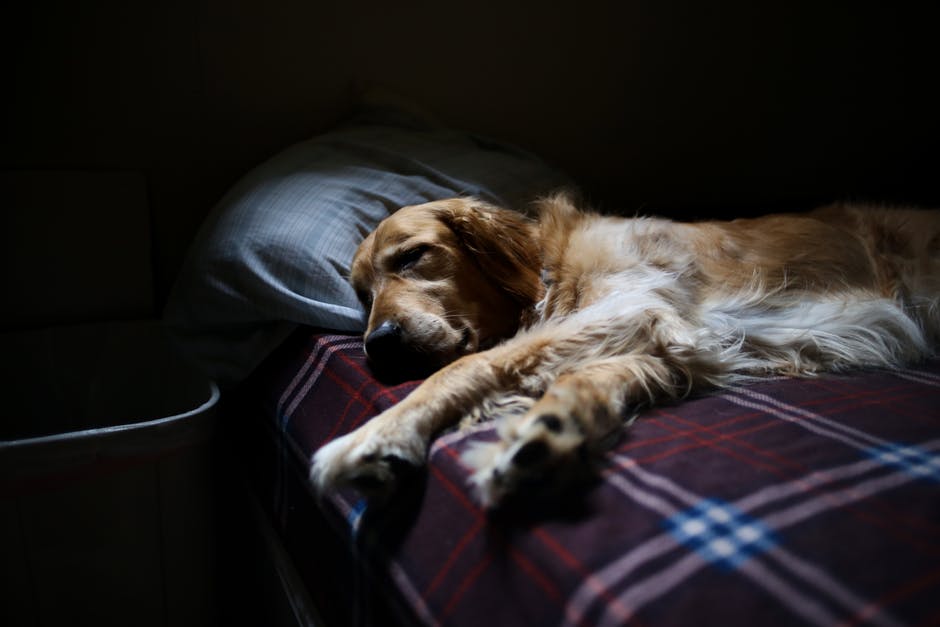Some dogs are cuddlier than others and can't get enough of being hugged, kissed and held. Believe it or not, but you can and should train your puppy to be the ultimate cuddle bug so that your dog is very relaxed with being handled and loved. Dogs do not give each other hugs and they also like to have their own personal space. In other words it's very unnatural for a dog to be held and squeezed and kissed and even petted. Getting your puppy to love being loved is a matter of handling them often when they are a puppy and teaching them that relaxed, calm behavior will result in goodies, play and attention.
Here are some puppy handling exercises that you should do daily and often with your puppy:
1. Instead of feeding your puppy in his bowl, hand feed your puppy with one hand and gently pet your puppy with the other hand. Softly touch his ears and slowly pet his back, top of the head and chest. If your puppy is very uncomfortable with being held or is showing signs of being food aggressive, start out just by hand feeding him and then after a few times of doing this exercise, briefly incorporate lightly petting your puppy.
2. When your puppy is in a mellow mood, gently roll him onto his side or on his back and rub his belly in slow circles. If you have a puppy that
tends to play bite, put a chewy or toy in his mouth before rolling him over. If he wiggles and squirms, gently hold him there until he relaxes and then say, "good relax," and then take your hand away and say, "ok".
3. While sitting on the floor with your puppy, put your hands around his shoulders as he is sitting and lightly hold him. If he tries to wiggle away, just keep holding him until he calms down. When he relaxes, tell him, "good relax" and then say "ok" and let him go. This exercise is good for teaching dogs to relax and chill out, before they are able to go play with another puppy or greet a person. They soon learn that self-control allows them to get what they want sooner.
4. With some treats or puppy kibble on hand, briefly touch different parts of your puppy and if he does not try to mouth your hand, tell him "good!" and give him a treat. Touch his paws, tail, and ears very gently and reward calm behavior with lots of treats and praise. This should be done everyday. Incorporate brushes and nail clippers, by holding them out for your puppy to investigate and reward your puppy with a "good!" and a treat for not trying to put them in his mouth. Then gently touch your puppy with the items and tell him "good!" every time he gets touched and stays calm.

5. When your puppy is mellow after playing or going for a walk, pick your puppy up in your lap and gently hug him. Only hug him for a brief second, tell him, "good!" and then release him. Slowly you can build up the amount of time that you hug your puppy. The idea is to build up a positive association with being handled and lightly squeezed, instead of feeling trapped and nervous. If your puppy wiggles and squirms to get out of your arms, keep gently holding him until he relaxes. As soon as he relaxes, say, "good relax" and then release him.
Train your puppy to mellow, calm and happy about being handled by doing these exercises a couple of times a day. Avoid doing these exercises when your puppy has the "puppy crazies" and is biting and running all over the place. Place a toy or a chew toy in your puppy's mouth if he is going for your hands or clothes. Never play with your hands with your puppy because your puppy will want to play bite your hands even more while doing these exercises. Use slow, calm strokes when petting your puppy and avoid fast, scratching, or pulling type of strokes. The best time is handle your puppy a lot when he is the most calm. Have fun loving your puppy and make sure he gets lots of exercise before having cuddle time. Pretty soon your puppy will be the cuddliest, cuddle bug ever!








